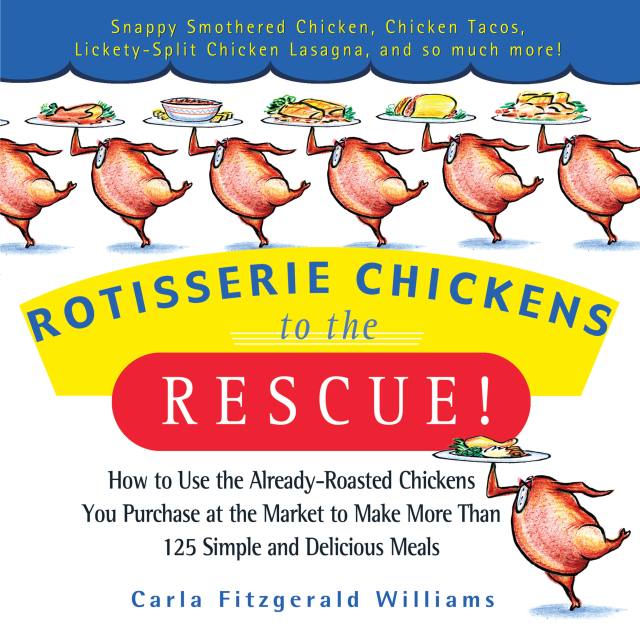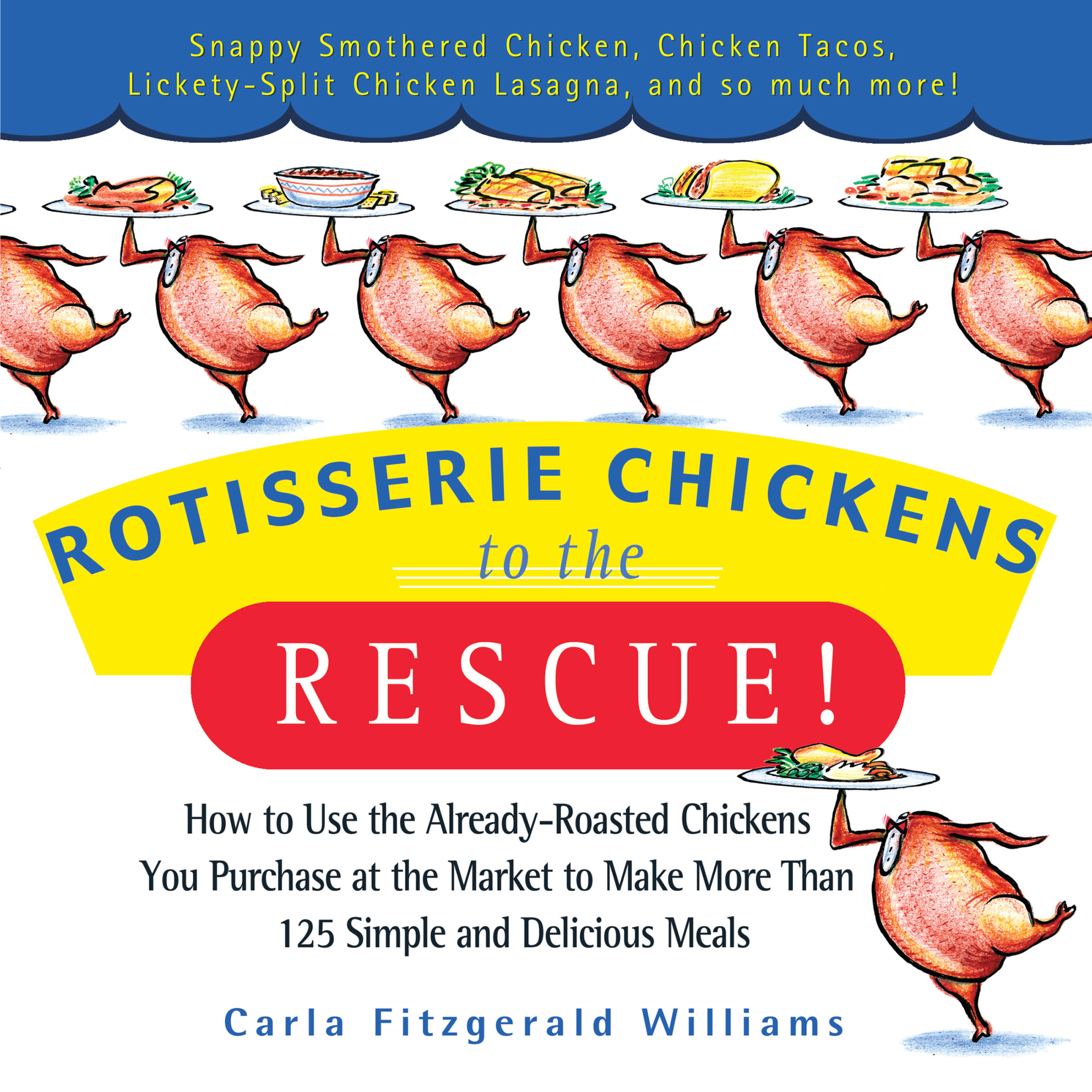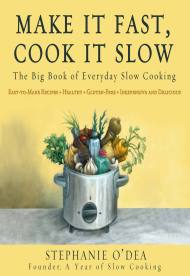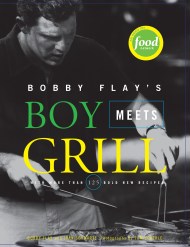Promotion
Use code MOM24 for 20% off site wide + free shipping over $45
Rotisserie Chickens to the Rescue!
How to Use the Already-Roasted Chickens You Purchase at the Market to Make More Than 125 Simple and Delicious Meals
Contributors
Formats and Prices
Price
$9.99Price
$12.99 CADFormat
Format:
ebook $9.99 $12.99 CADThis item is a preorder. Your payment method will be charged immediately, and the product is expected to ship on or around July 16, 2013. This date is subject to change due to shipping delays beyond our control.
Also available from:
Rotisserie Chickens to the Rescue!
With this easy-to-use, no-fuss, no-fail cookbook, you can take the same rotisserie chickens you can buy anywhere and use these already-roasted birds to create meals that are totally fresh, new, and different. For example, add tomatoes, mushrooms, herbs, and spices to your chopped chicken, spoon it over pasta, and you’ve got Chicken Cacciatore. Or pick the meat off the bones, add vegetables, chow mein noodles, and the right dressing and suddenly you have Chinese Chicken Salad. Here are over 125 recipes for everything from California Cobb Salad to Homestyle Chicken Noodle Casserole to amazing appetizers, soups, sandwiches, and side dishes. Rotisserie Chickens to the Rescue! proves that even the most timid cook can make an endless array of delicious, exciting, and easy home-cooked meals in no time at all! Put a world of new ideas and flavors at your fingertips with the following recipes:
Quick Starts: Stuffed Mushrooms Alfredo; Roasted Chicken and Dill Slather; Spice Island Turnovers with Pineapple Mango Dipping Sauce
Standout Salads: Moroccan Couscous, Raisin, and Mint Salad; Southwestern Taco Salad; Three-Bean Pasta Salad
Soups in a Snap: Double Corn and Chicken Chowder; Chinese-Style Noodle Soup; Chicken and Lime Tortilla Soup; Chunky Chicken Minestrone
Cozy Casseroles: Broccoli and Crouton Strata; Chicken and Biscuit Pot Pie; Topsy-Turvy Tamale Pie; Pasta Cordon Bleu
Knockout Noodles and Glorious Grains: Chicken and Rice Divan; Roasted Chicken and Sausage Jambalaya; Chicken Tetrazzini; Tex-Mex Mac and Cheese
And much, much more!
Genre:
- On Sale
- Jul 16, 2013
- Page Count
- 336 pages
- Publisher
- Hachette Books
- ISBN-13
- 9781401306151
Newsletter Signup
By clicking ‘Sign Up,’ I acknowledge that I have read and agree to Hachette Book Group’s Privacy Policy and Terms of Use







